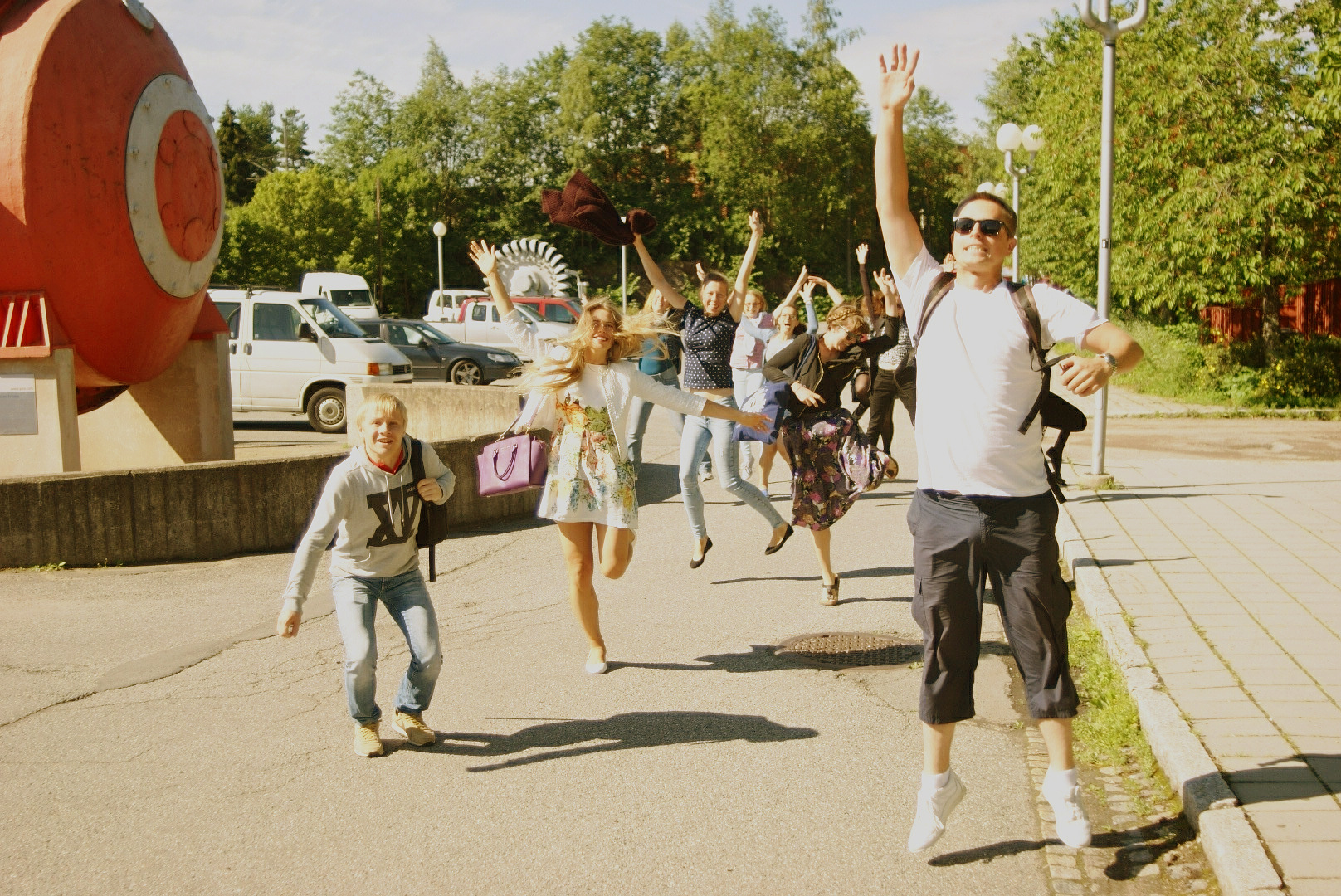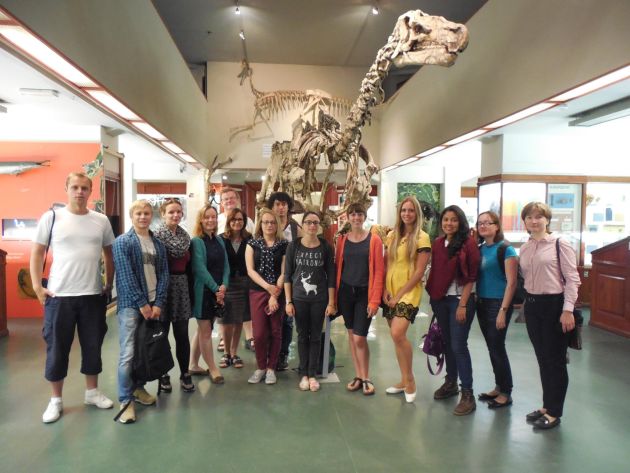The course includes inter-disciplinary Arctic lectures covering indigenous rights, governance, UNCLOS, fishing and ecosystems, climate modelling, past and present scientific explorers, geology and geophysics, oil and gas politics to name a few. The students also participated in excursions to the Fram Museum, Fridtjof Nansen Institute, Natural History Museum and the Norsk Teknisk Museum.
The students at the course brought a diverse range of backgrounds including law, industry, chemistry, politics, oceanography, geophysics and societal studies, and came from several European nations as well as Russia, Mexico and China. In addition to lectures by UiO staff, several guest lecturers were invited from industry and research institutions around Norway, plus Alaska and Copenhagen.
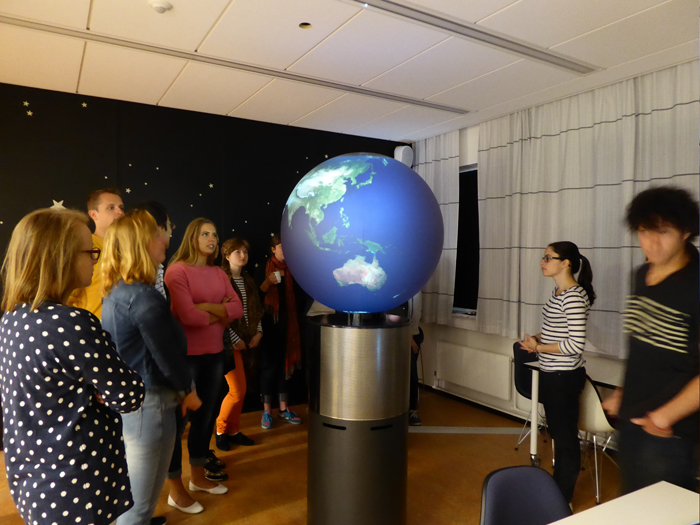
Now finished for its second year running, the course “A Changing Arctic” is coordinated by CEED Assistant Director Dr Carmen Gaina along with colleagues Prof. Olav Schram Stokke from the Political Science department and Prof. Alla Pozdnakova from the Law Faculty, and myself as administrator.
As part of the “AwaRE: Arctic Research and Education” grant given by the Norwegian Center for International Education to CEED, two students from Russia were awarded scholarships to attend ‘A Changing Arctic’. Here are some of the impressions of scholarship holders Katerina Kotlova and Polina Porotova as at week four:
“In winter 2014/2015 we were walking around our university campus corridors. We are both affiliated with the Northern (Arctic) Federal University [NArFU], which is in town of Arkhangelsk, close to the shores of the White Sea, in the European part of Russia. Polina was studying languages and I was a newly employed editor at the university journal “Arctic and North”. The announcement we saw on the wall, in front of the door of the NArFU International office …“A changing Arctic” course! No doubt it might be interesting” writes Katerina.
“Polina and I have a long term romance with Arctic issues but in different perspectives. Polina was doing a lot of chemistry before her linguistics studies and she still has a strong interest in it and future plans for a scientific career. My interest was more practical one. As an editor, I have to work with a great number of scientific articles on Arctic issues and it is my job to choose articles for the next issue and send them for peer review. It is necessary to understand the theme and to be aware of the latest and most interesting scientific research areas and topics.”
Communicating Arctic-specific issues to the broader community and policymakers requires an appreciation of the unique, multi-scale and interdisciplinary nature of the Arctic environment, as well as perceived public perception. As part of skill-building and to review the intersection of science and society, the students participated in an outreach exercise. They selected one of four communication scenarios and were able to bring their existing experience plus knowledge learnt during the course into practice.
“Social science has already been familiar for me but it is hardly possible to say the same about the natural science… so going to Oslo I was not sure if my qualification was relevant and I would be able to understand all the lectures and readings. So, I expected to have really hard work, to get a lot of new knowledge about Arctic and was worried about natural sciences for the first time since my high school days! Polina and our Chinese NArFU co-student, Bai, as far as I could understand, had the same kind of feeling.”
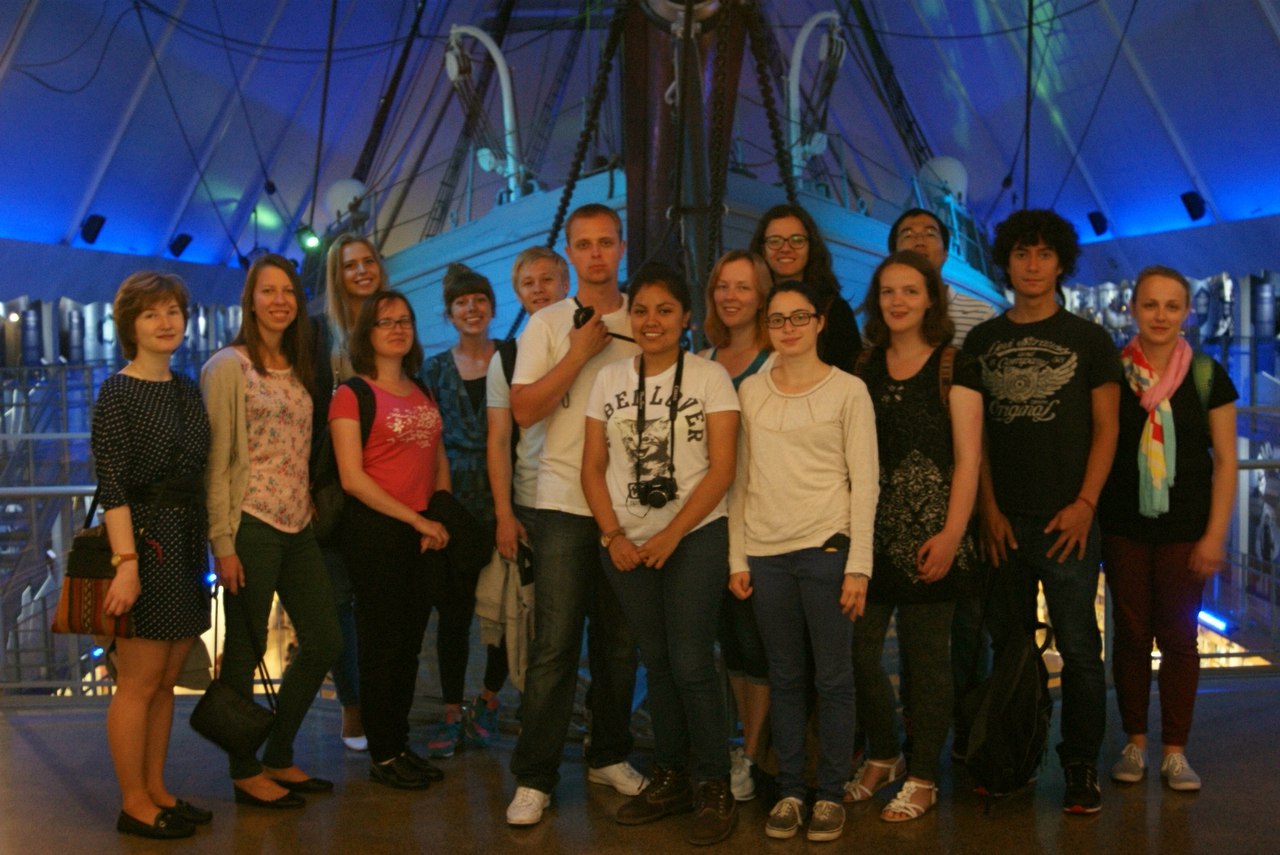
“First days in Oslo were nice: good weather, warm summer days, nice smiling people around, lots of talks and activities. Monday. A course start. Hmm…We’ve expected to see a couple of real Arctic people…you know…like those from the stories about polar expedition…with Nordic temperament and serious faces. Likely no. Nothing like that! Just nice people, interesting and open minded. Great!”
Both Katerina and Polina note a differing teaching style to that in Russia:
“We are used to lectures and seminars or practical classes to be done separately but on the same topic. Here in Norway, classes combine everything. Lots of guest lectures, interdisciplinary approach and free and sometimes rather relaxed atmosphere – that’s what we all like about the course.
Lectures in law made me change the point of view on the UNCLOS and its provisions. Sure, it was not only me! Law is very often associated with something boring that lacks creativity and makes the majority yawn. Not this time! Can’t believe that I’m saying that, but it was inspiring!” they continue.
“Our expectations about politics in the Arctic were rather alarming. First of all, it was like that due to the present international problems that affect the politics in the Arctic region as well. We really appreciate the tolerance, objectivity and good content of the lectures in political science. Now it is time of natural science! It is something that I was worried about and, at the same time, it was something I really need to know and understand. Rather challenging for me and exiting for Polina. Especially when you’re reading the same article for the second time and then get yourself more coffee and start it again. Polina is just smiling and is probably thinking how funny it is to see a social scientist reading on Arctic geology, climate change and chemistry.”
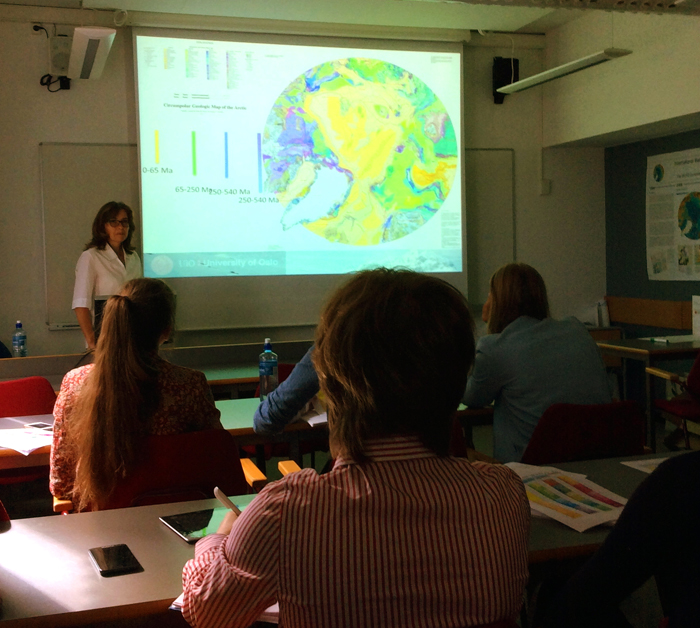
Like several of the other students, Polina has field experience in the Arctic:
“Last year, I was on Svalbard to study environmental chemistry and Arctic pollution. All I studied about the Arctic was Bachelor’s level courses therefore, I’ve already knew some information about the region. Although studying on Svalbard I got much more knowledge. Now I understand how it is important to see the object of your studies in real life. I was happy to get this opportunity. And when I saw “A Changing Arctic”, it was really no doubts about the course. Description of the course told me that it would be about geography and geology of the Arctic region. I realized that it was really good – I could learn something before so I would be prepared and in addition I could learn much more.”
